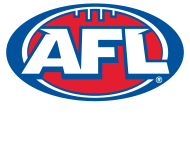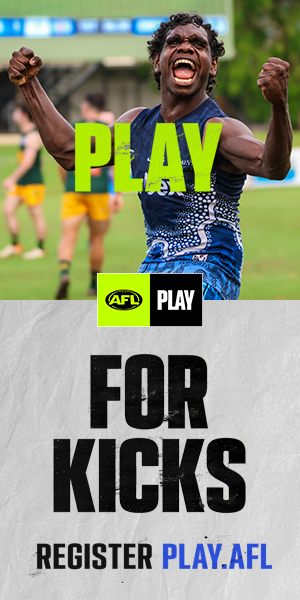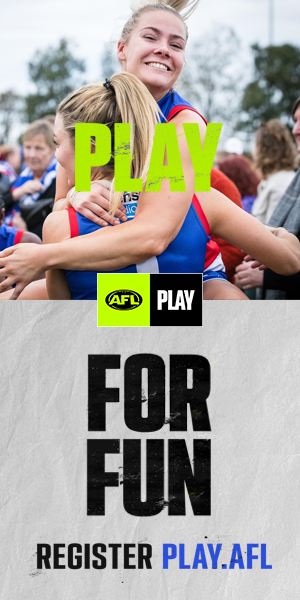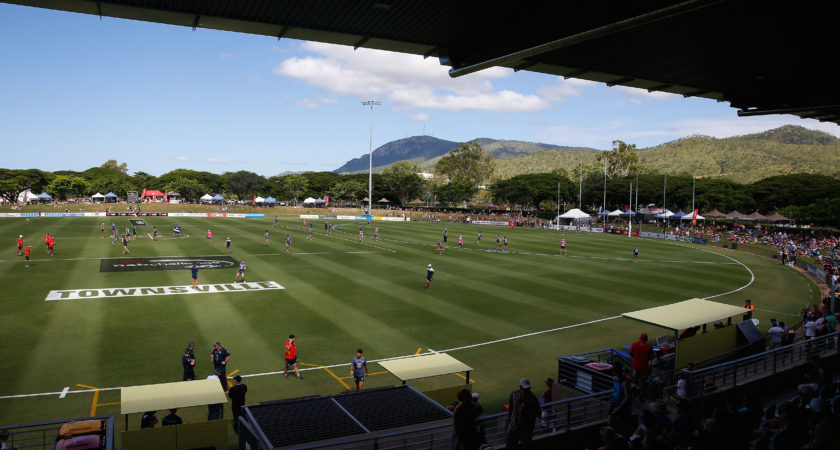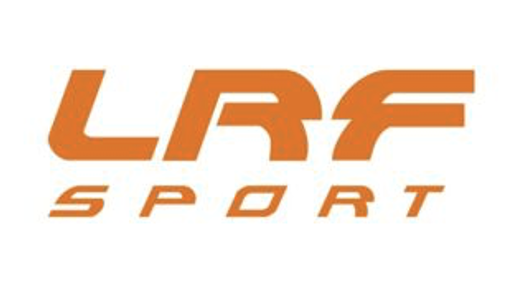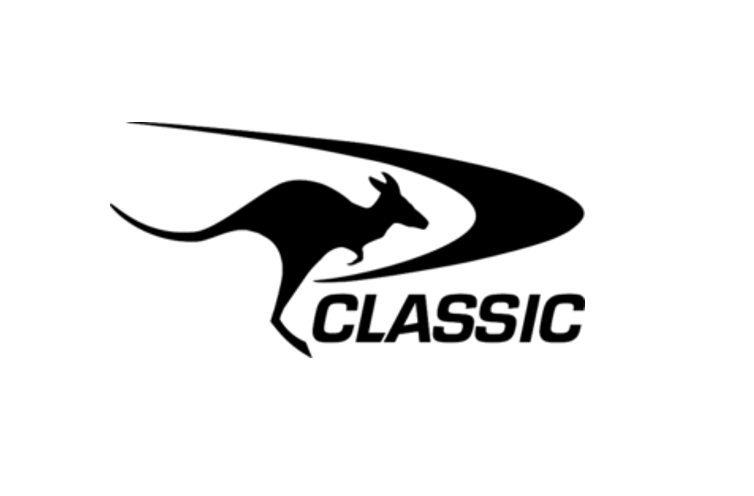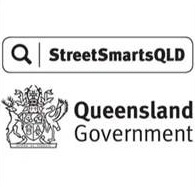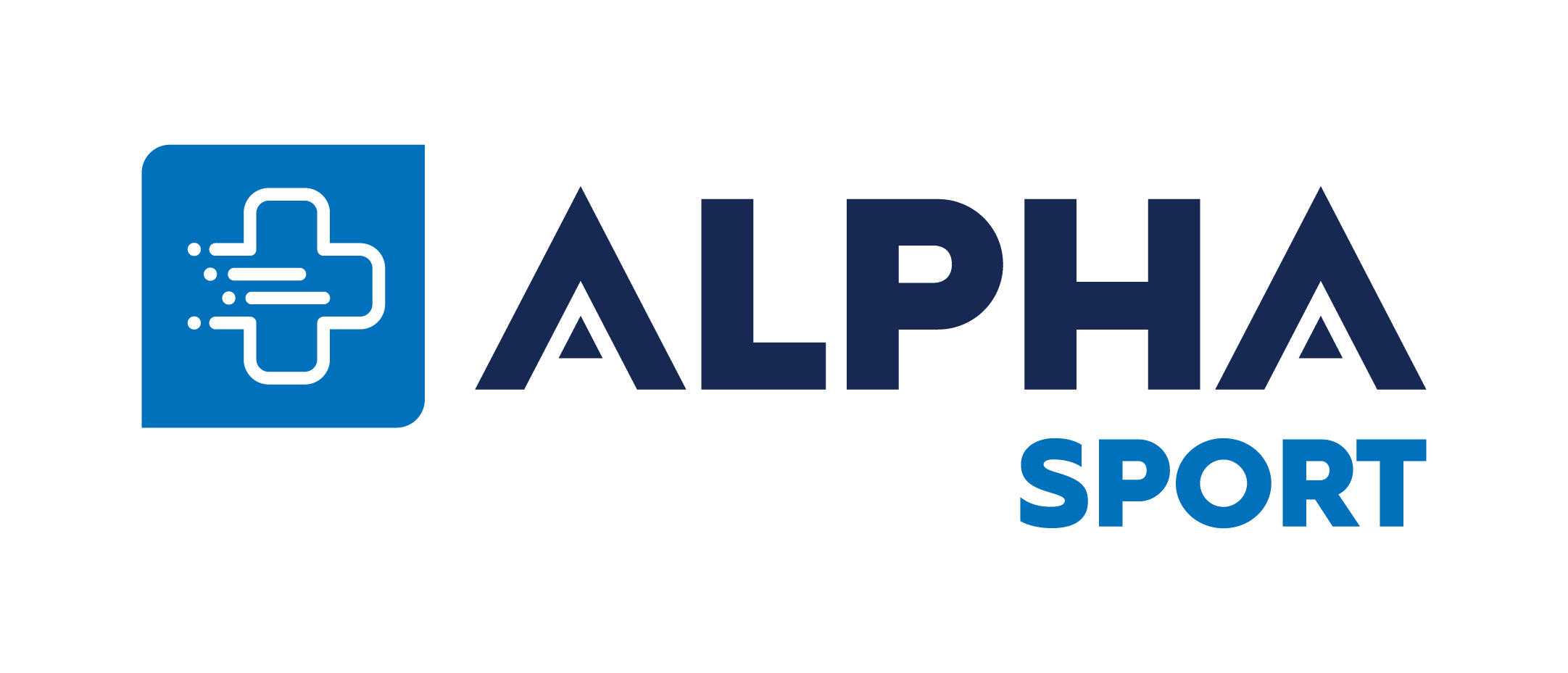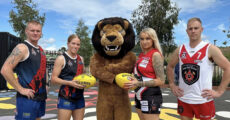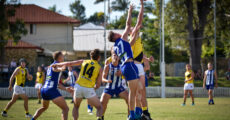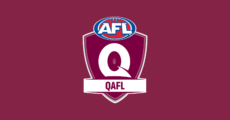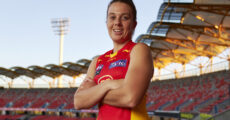By Peter Blucher
Riverway Stadium in Townsville tomorrow will become the 48th different AFL venue and the fifth in Queensland, and give reason to reveal one of Queensland football’s great secrets.
Set to host the Gold Coast SUNS and St.Kilda in Round 13 of the AFL season, the showpiece stadium in the unofficial North Queensland ‘capital’ will claim a place in AFL history as it joins a venue list that began with four matches in Round 1 of the first AFL/VFL season in 1897.
Host venues were Collingwood’s Victoria Park, Fitzroy’s Brunswick Street Oval, South Melbourne’s Lake Oval and the old Corio Oval at Geelong.
The game has spread far and wide, adding such places at Wellington Stadium in New Zealand and Shanghai Stadium in China to the all-time AFL venue list.
But can you name the four other Queensland venues to have hosted official AFL football?
No prizes for knowing that Riverway Stadium, formerly Tony Ireland Stadium, will join the Gabba, Metricon Stadium at Carrara and Cazaly’s Stadium in Cairns.
But five? Unknown to most, the fifth, and the answer to one of the great sporting trivia questions, is the Brisbane Exhibition Ground.
It was Round 8 1952 when all matches were played at regional and interstate venues for promotional reasons. They were the SCG, North Hobart Oval and Exhibition Ground in State capitals outside the traditional football heartland, plus Albury in regional NSW, and Euroa and Yallourn in regional Victoria.
The Exhibition Ground was not exactly new to the game, having hosted Queensland Football League matches prior to World War 1 and the 1950 Australian carnival.
The League fixtured a replay of the 1951 grand final in which Geelong beat Essendon by 11 points.
All matches were originally to be played on the Saturday afternoon, but due to torrential rain, the Brisbane match was postponed and rescheduled to Monday night, 16 June, 1952.
So, the League’s first visit to Queensland inadvertently also became the first official VFL/AFL match played under floodlights.
Officially a crowd of 28,000 saw Essendon reverse the grand final result to win 23-17 (155) to 12-14 (86) in a match which featured 23 members of the 1951 premiership decider.
It was a golden era for both clubs. From 1946 to 1951 Essendon played in six consecutive grand finals, finishing 1st-2nd-2nd-1st-1st-2nd, while Geelong finished 1st-1st-2nd-3rd-3rd-3rd-4th in five years from 1951-56.
As they headed north, Geelong, coached by Reg Hickey, sat equal top of the ladder with a 6-1 record, and Essendon were seventh at 3-4 under the legendary Dick Reynolds, who had retired after the 1951 grand final loss.
By the end of the season, Geelong would re-group and ultimately beat Collingwood in the grand final, and Essendon would slide to finish seventh.
But the historic first match at the Brisbane Exhibition Ground was all about Essendon. And one man in particular. The great John Coleman kicked 13 goals as the Bombers led at each change.
Having kicked 12 goals on debut in 1949, it was a personal best for Coleman at the time and was a mark he would better only once in a brilliant career tragically cut short by injury – when he kicked 14 goals in his 97th and second-last game in 1954.
Lance Mann, a member of Essendon’s losing 1951 grand final side playing only in his 22nd game, kicked a personal-best five goals in a highlight of an 80-game 22-goal career that would end when he missed the 1959 grand final after playing 16 games in a row to the flag decider.
Mann’s big day out at the Exhibition Ground capped an even big year for the 21-year-old, who had won the Stawell Gift two months earlier.
Other greats in the Geelong side that was minus captain Fred Flanagan and 1951 Brownlow Medallist Bernie Smith included Team of the Century pair Peter Pianto and Leo Turner, plus Hall of Famers Bob Davis, Ron Hovey, Jack Hyde, Russell Renfrey and Neil Tresize.
Bill Hutchison, who would go on to poll 21 votes to share the 1952 Brownlow Medal with Richmond’s Roy Wright from St.Kilda’s Harold Bray (19) and Geelong’s Pianto (17), skippered an Essendon side that included four Team of the Century choices – Coleman, Hutchison, Jack Clarke and Harold Lambert.
The match was considered a huge success by officials of the code on both sides of the border, but it would be 29 years before AFL football returned to Queensland via a premiership match between Hawthorn and Essendon at the Gabba in 1981.
